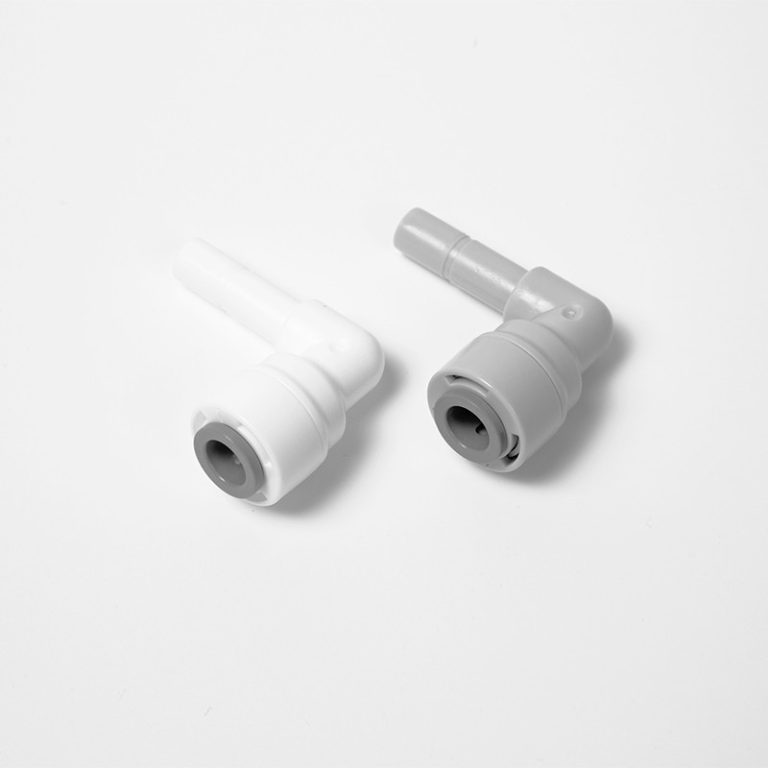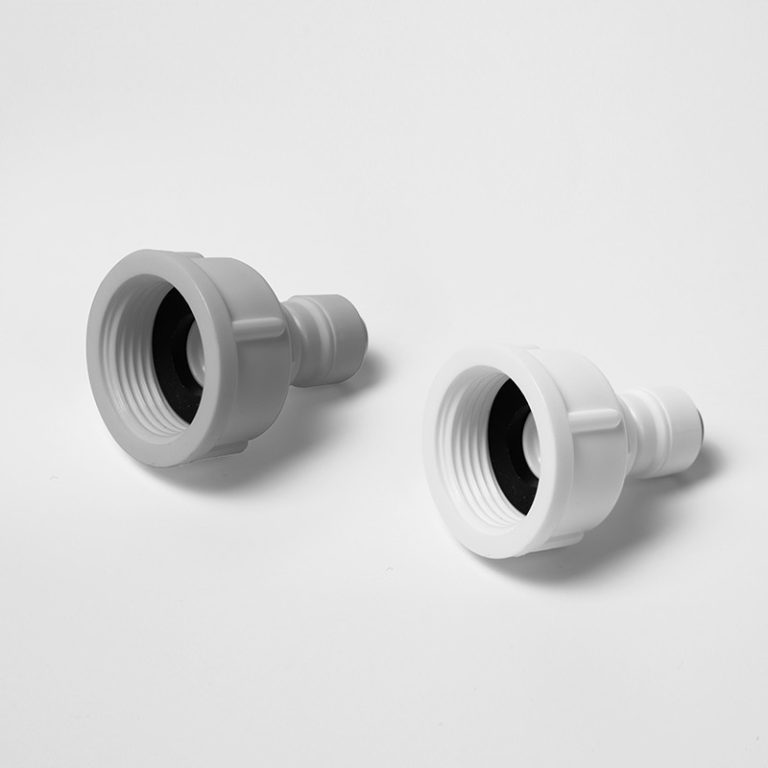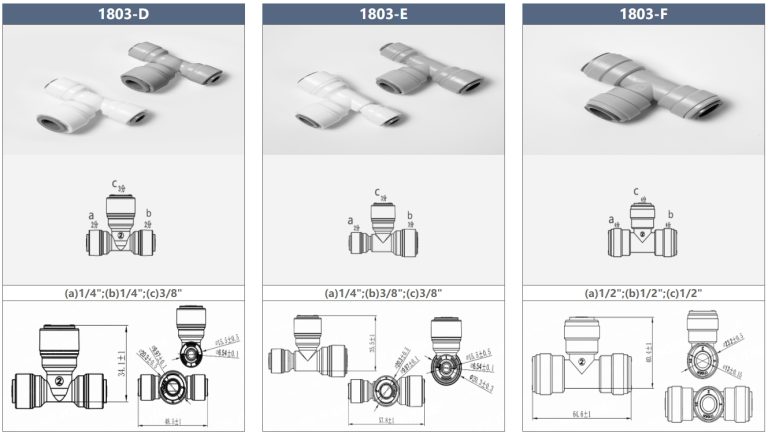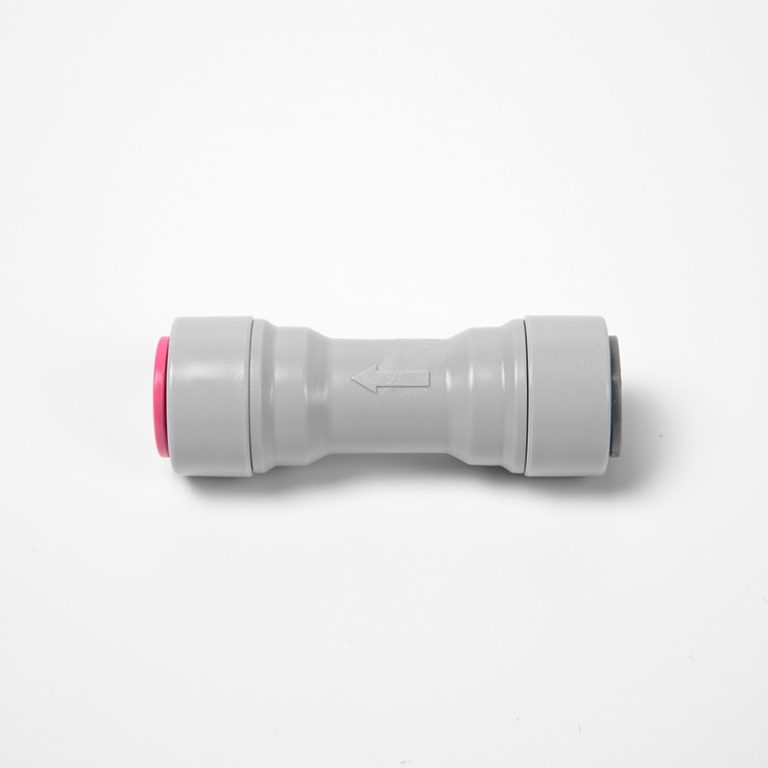Table of Contents
Proper Tools and Techniques for Removing Plastic Heater Hose Connectors
Plastic heater hose connectors are commonly used in vehicles to connect the heater hoses to the engine. Over time, these connectors can become brittle and break, causing coolant leaks and potential engine damage. When this happens, it is important to know how to properly remove the plastic heater hose connector without causing further damage.

Before attempting to remove the plastic heater hose connector, it is important to gather the proper tools. You will need a pair of pliers, a flathead screwdriver, and a heat gun. The heat gun will help soften the plastic connector, making it easier to remove without breaking.
To begin, locate the plastic heater hose connector on your vehicle. It is typically located near the firewall on the engine side. Once you have located the connector, use the pliers to gently squeeze the tabs on the connector. This will release the hose from the connector, allowing you to remove it from the engine.
Next, use the flathead screwdriver to carefully pry the plastic connector away from the engine. Be sure to apply even pressure to avoid breaking the connector. If the connector is stubborn and does not want to come off, use the heat gun to soften the plastic. Be sure to keep the heat gun moving to avoid melting the plastic.
| Model | Tube(a) | Stem(b) |
|---|---|---|
| 1801-A | 1/4 | 1/4 |
| 1801-C | 1/4 | 3/20 |
Once the plastic connector has been softened, use the pliers to gently twist and pull the connector away from the engine. Be careful not to apply too much force, as this can cause the connector to break. If the connector does break, you may need to replace it with a new one.
After removing the plastic heater hose connector, inspect the area for any damage. If the connector broke off in the engine, you may need to use a pair of needle-nose pliers to remove any remaining pieces. Be sure to clean the area thoroughly before installing a new connector.
When installing a new plastic heater hose connector, be sure to apply a small amount of lubricant to the hose before inserting it into the connector. This will help the hose slide on more easily and prevent damage to the connector.
In conclusion, removing a plastic heater hose connector can be a delicate process that requires the proper tools and techniques. By following these steps and using caution, you can successfully remove the connector without causing further damage. Remember to inspect the area for any damage and clean it thoroughly before installing a new connector. With the right tools and a steady hand, you can remove a plastic heater hose connector with ease.
Step-by-Step Guide to Safely Removing Plastic Heater Hose Connectors
Plastic heater hose connectors are commonly used in vehicles to connect the heater hoses to the engine. Over time, these connectors can become brittle and crack, leading to leaks and potential engine damage. If you find yourself in need of replacing a plastic heater hose connector, it is important to do so carefully to avoid causing further damage to your vehicle.
To begin the process of removing a plastic heater hose connector, you will need a few tools. These include a pair of pliers, a flathead screwdriver, and a small container to catch any coolant that may leak out during the process. It is also a good idea to have a replacement connector on hand before you begin, so you can quickly install the new one once the old connector is removed.
The first step in removing a plastic heater hose connector is to locate the connector on your vehicle. This can usually be found near the firewall, where the heater hoses connect to the engine. Once you have located the connector, you will need to carefully remove the hose clamps that are securing the hoses to the connector. Use your pliers to loosen the clamps and slide them down the hoses away from the connector.
Next, you will need to disconnect the hoses from the connector. This can be done by gently twisting and pulling on the hoses until they come loose from the connector. Be careful not to force the hoses, as this can cause them to break or become damaged. If the hoses are stuck, you can use a flathead screwdriver to carefully pry them away from the connector.
| Model | Tube(a) | Stem(b) |
|---|---|---|
| 1801-A | 1/4 | 1/4 |
| 1801-C | 1/4 | 3/16 |
Once the hoses are disconnected, you can begin to remove the plastic heater hose connector itself. This can be done by gently twisting and pulling on the connector until it comes free from the engine. Be sure to support the hoses as you remove the connector, so they do not become damaged in the process.

If the connector is stubborn and does not want to come loose, you can try using a small amount of lubricant to help loosen it. Simply spray or apply the lubricant around the base of the connector and allow it to sit for a few minutes before attempting to remove it again.
Once the plastic heater hose connector has been removed, you can clean the area around the hoses and engine to ensure a proper seal when installing the new connector. Inspect the hoses for any signs of damage or wear, and replace them if necessary.
To install the new plastic heater hose connector, simply reverse the steps you took to remove the old connector. Slide the hoses onto the new connector and secure them in place with hose clamps. Be sure to tighten the clamps securely to prevent any leaks.
In conclusion, removing a plastic heater hose connector can be a straightforward process if done carefully and methodically. By following these steps and taking your time, you can safely remove and replace a plastic heater hose connector without causing any damage to your vehicle. Remember to always have the necessary tools and replacement parts on hand before beginning the process, and take your time to ensure a proper installation.







